A Victorian 16th Queens Lancers Sabertache, bearing the regiment's device in gilt, mounted for display, with brass plaque '16th The Queens Lancers', framed and glazed, the reverse inscribed in paint 'Col Wyndham Quin', 42cm x 39cm. The 16th Queens Lancers regiment was raised as the second of the new regiments of light dragoons in 1759, as the 16th Regiment of (Light) Dragoons, also known as Burgoyne's Light Horse. In 1766 they were renamed after Queen Charlotte as the 2nd (or The Queen's) Regiment of (Light) Dragoons, the number being an attempt to create a new numbering system for the light dragoon regiments. However, the old system was quickly reestablished, with the regiment returning as the 16th (The Queen's) Regiment of (Light) Dragoons in 1769. They arrived in New York in September, 1776. were involved in fighting at Brandywine, Paoli, and Monmouth Court House. They returned to Britain in December, 1778. They became lancers in 1816, as the 16th (The Queen's) Regiment of (Light) Dragoons (Lancers). The title was simplified in 1861 to the 16th (The Queen's) Lancers. After service in the First World War, the regiment retitled as the 16th The Queen's Lancers in 1921, and was amalgamated with the 5th Royal Irish Lancers to form the 16th/5th Lancers (later the 16th/5th The Queen's Royal Lancers) the following year. Battle Honours, Willems, Talavera, Fuentes d'Onor, Salamanca, Vittoria, Nive, Peninsula, Waterloo, Bhurtpore, Ghuznee 1839, Affghanistan 1839, Maharajpore, Aliwal, Sobraon, Relief of Kimberley, Paardeberg, South Africa 1900-02.Great War: Mons, Le Cateau, Retreat from Mons, Marne 1914, Aisne 1914, Messines 1914, Armentières 1914, Ypres 1914 '15, Gheluvelt, St. Julien, Bellewaarde, Arras 1917, Scarpe 1917, Cambrai 1917, Somme 1918, Amiens, Hindenburg Line, Canal du Nord, Pursuit to Mons, France and Flanders 1914-18. WYNDHAM-QUIN , WINDHAM HENRY , 5th EARL DUNRAVEN and MOUNT-EARL ( 1857 - 1952 ), soldier and politician: born 7 Feb. 1857 in London, the elder son of Captain the Hon. W.H. Wyndham-Quin (the second son of the Earl of Dunraven ) and Caroline, daughter of Admiral Sir George Tyler, Cottrell, Glam. He was educated at Eton and the Royal Military College, Sandhurst. He joined the 16th Lancers in 1878 and, attached to the Inniskillin Dragoons, fought in the war against the Boers in 1881. In 1886 he attained the rank of captain, and served until 1889 as A.D.C. to the Hon. Robert Bourke, his wife's uncle, at Madras . 1890 until 1894 he served as an adjutant with the Royal Gloucester Hussars, and was promoted major in the 16th Lancers in 1893 . During the South African War in 1900, he was mentioned in despatches, and was awarded the Queen's Medal with three clasps and the D.S.O. He became a Companion of the Bath in 1903 and served as lieutenant colonel in the Glamorganshire Imperial Yeomanry .Quin was elected M.P. (Con.) for South Glamorgan in 1895 when he defeated A.J. Williams, and he continued to represent this division in parliament until 1906 when he lost his seat to William Brace (see above). As a politician, he was extremely well-mannered and courteous. He served as High Sheriff for County Kilkenny in 1914 and Commandant of the Lines of Communication in 1915. He was also one of the directors of the Great Western Railway Co. In June 1926 he succeeded his cousin Windham Thomas Wyndham-Quin (see Supplement below) as Earl of Dunraven. He also became a well-liked and popular character in South Wales. He was a member of the Court of Governors of the National Museum, and was president of the 1940 Bridgend National Eisteddfod .Quin published a number of works including The Yeomanry Cavalry of Gloucester and Monmouth ( 1898 ), Sir Charles Tyler, G.C.B., Admiral of the White ( 1912 ), The Foxhound in County Limerick ( 1919 ) and A History of Dunraven Castle ( 1926 ).married 7 July 1885 Lady Eva Constance Aline Bourke, daughter of the 6th Earl of Mayo. She died 19 Jan. 1940. They had two sons and a daughter. He spent his
A Victorian 16th Queens Lancers Sabertache, bearing the regiment's device in gilt, mounted for display, with brass plaque '16th The Queens Lancers', framed and glazed, the reverse inscribed in paint 'Col Wyndham Quin', 42cm x 39cm. The 16th Queens Lancers regiment was raised as the second of the new regiments of light dragoons in 1759, as the 16th Regiment of (Light) Dragoons, also known as Burgoyne's Light Horse. In 1766 they were renamed after Queen Charlotte as the 2nd (or The Queen's) Regiment of (Light) Dragoons, the number being an attempt to create a new numbering system for the light dragoon regiments. However, the old system was quickly reestablished, with the regiment returning as the 16th (The Queen's) Regiment of (Light) Dragoons in 1769. They arrived in New York in September, 1776. were involved in fighting at Brandywine, Paoli, and Monmouth Court House. They returned to Britain in December, 1778. They became lancers in 1816, as the 16th (The Queen's) Regiment of (Light) Dragoons (Lancers). The title was simplified in 1861 to the 16th (The Queen's) Lancers. After service in the First World War, the regiment retitled as the 16th The Queen's Lancers in 1921, and was amalgamated with the 5th Royal Irish Lancers to form the 16th/5th Lancers (later the 16th/5th The Queen's Royal Lancers) the following year. Battle Honours, Willems, Talavera, Fuentes d'Onor, Salamanca, Vittoria, Nive, Peninsula, Waterloo, Bhurtpore, Ghuznee 1839, Affghanistan 1839, Maharajpore, Aliwal, Sobraon, Relief of Kimberley, Paardeberg, South Africa 1900-02.Great War: Mons, Le Cateau, Retreat from Mons, Marne 1914, Aisne 1914, Messines 1914, Armentières 1914, Ypres 1914 '15, Gheluvelt, St. Julien, Bellewaarde, Arras 1917, Scarpe 1917, Cambrai 1917, Somme 1918, Amiens, Hindenburg Line, Canal du Nord, Pursuit to Mons, France and Flanders 1914-18. WYNDHAM-QUIN , WINDHAM HENRY , 5th EARL DUNRAVEN and MOUNT-EARL ( 1857 - 1952 ), soldier and politician: born 7 Feb. 1857 in London, the elder son of Captain the Hon. W.H. Wyndham-Quin (the second son of the Earl of Dunraven ) and Caroline, daughter of Admiral Sir George Tyler, Cottrell, Glam. He was educated at Eton and the Royal Military College, Sandhurst. He joined the 16th Lancers in 1878 and, attached to the Inniskillin Dragoons, fought in the war against the Boers in 1881. In 1886 he attained the rank of captain, and served until 1889 as A.D.C. to the Hon. Robert Bourke, his wife's uncle, at Madras . 1890 until 1894 he served as an adjutant with the Royal Gloucester Hussars, and was promoted major in the 16th Lancers in 1893 . During the South African War in 1900, he was mentioned in despatches, and was awarded the Queen's Medal with three clasps and the D.S.O. He became a Companion of the Bath in 1903 and served as lieutenant colonel in the Glamorganshire Imperial Yeomanry .Quin was elected M.P. (Con.) for South Glamorgan in 1895 when he defeated A.J. Williams, and he continued to represent this division in parliament until 1906 when he lost his seat to William Brace (see above). As a politician, he was extremely well-mannered and courteous. He served as High Sheriff for County Kilkenny in 1914 and Commandant of the Lines of Communication in 1915. He was also one of the directors of the Great Western Railway Co. In June 1926 he succeeded his cousin Windham Thomas Wyndham-Quin (see Supplement below) as Earl of Dunraven. He also became a well-liked and popular character in South Wales. He was a member of the Court of Governors of the National Museum, and was president of the 1940 Bridgend National Eisteddfod .Quin published a number of works including The Yeomanry Cavalry of Gloucester and Monmouth ( 1898 ), Sir Charles Tyler, G.C.B., Admiral of the White ( 1912 ), The Foxhound in County Limerick ( 1919 ) and A History of Dunraven Castle ( 1926 ).married 7 July 1885 Lady Eva Constance Aline Bourke, daughter of the 6th Earl of Mayo. She died 19 Jan. 1940. They had two sons and a daughter. He spent his

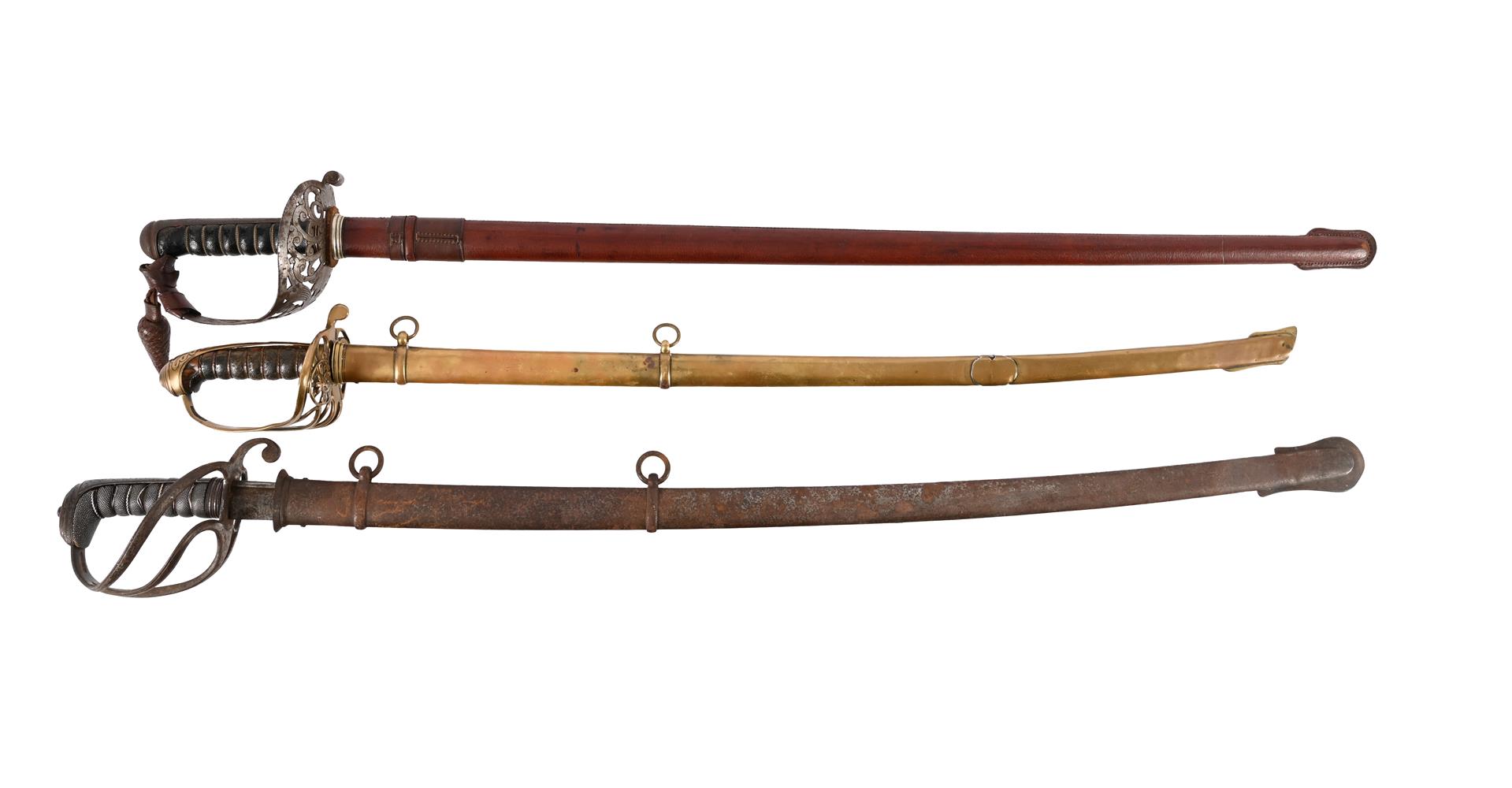

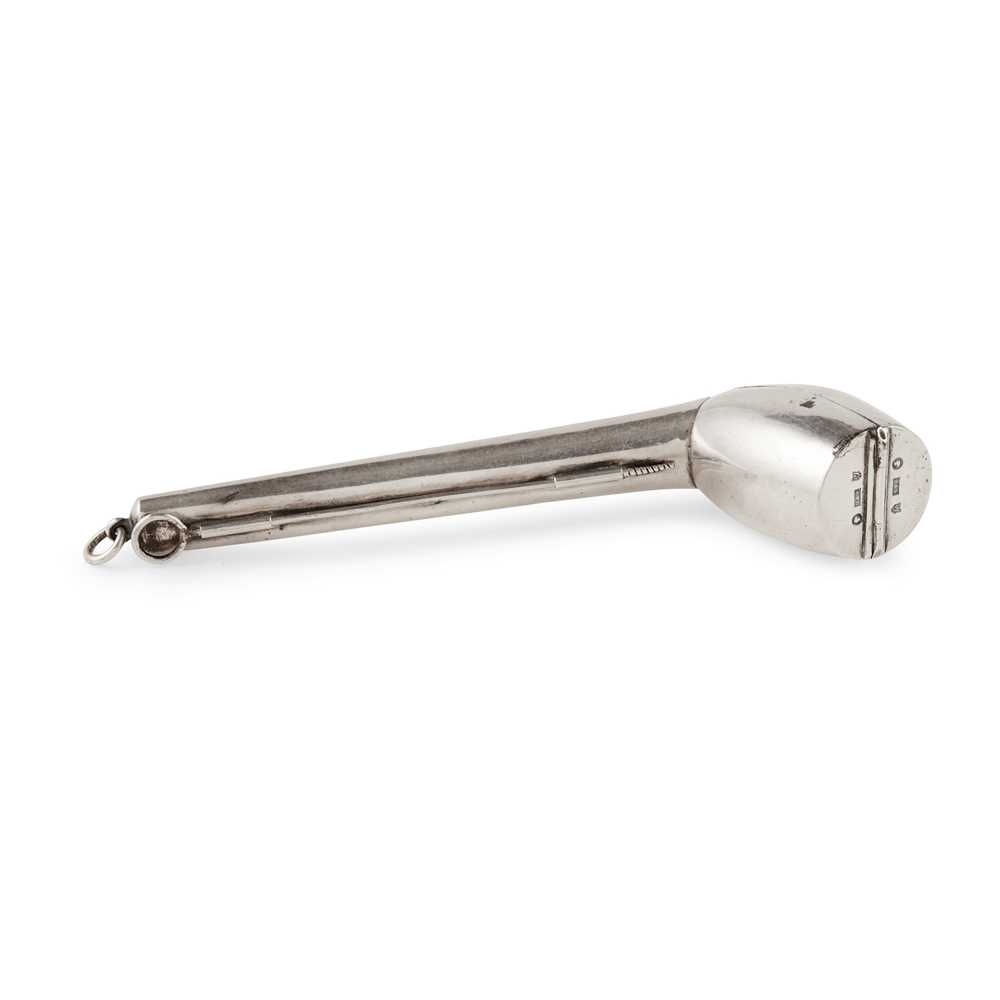


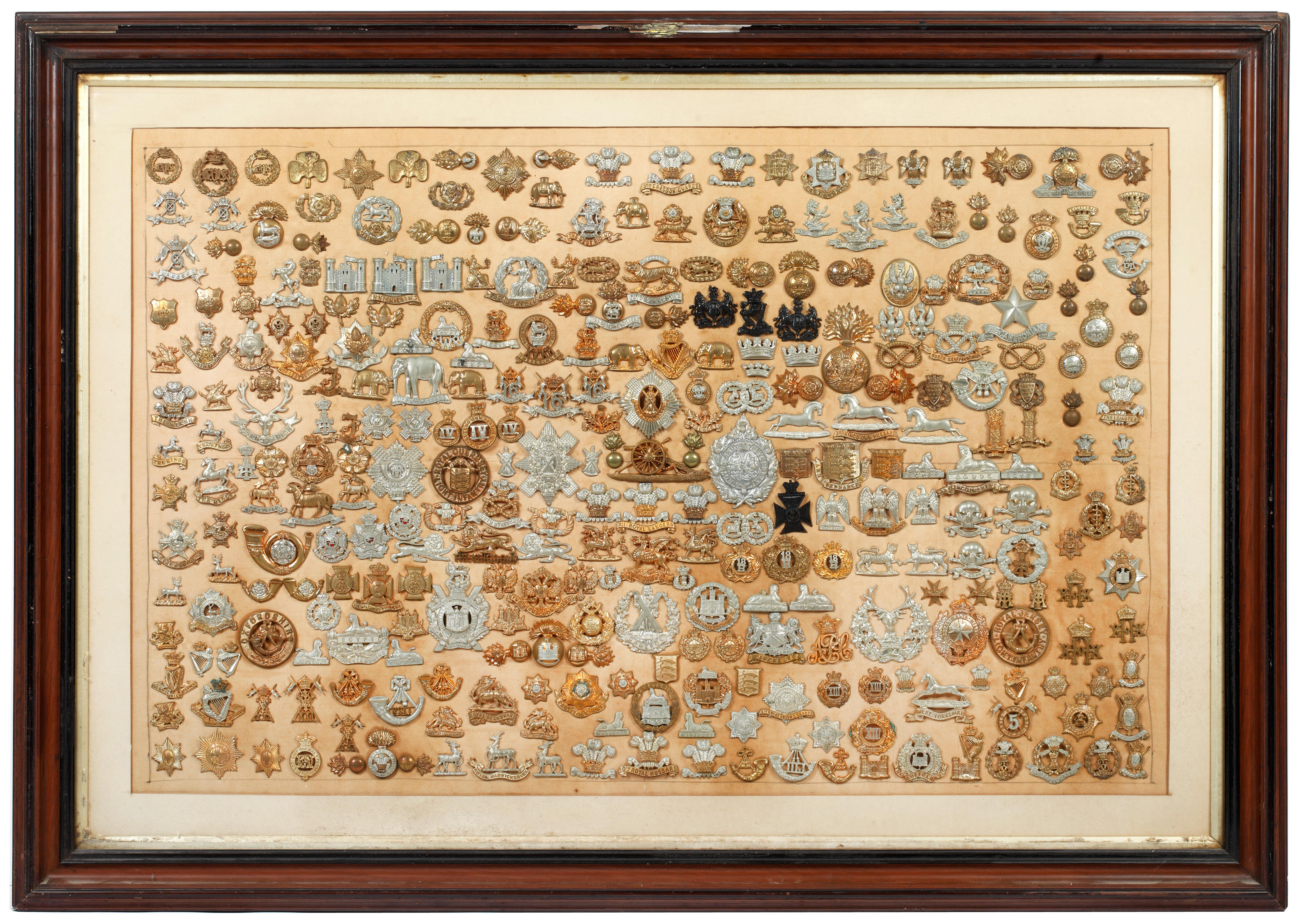
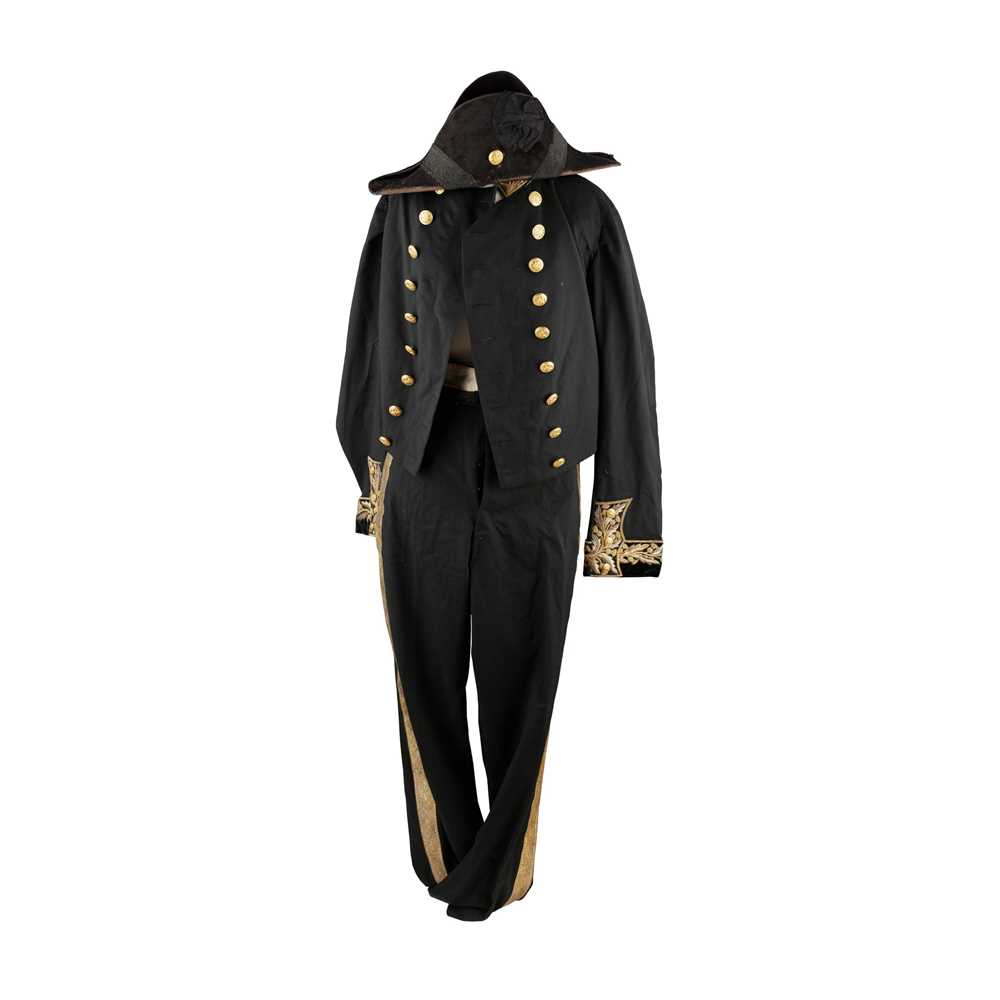


/73846/Internet%20Image%201.jpg)
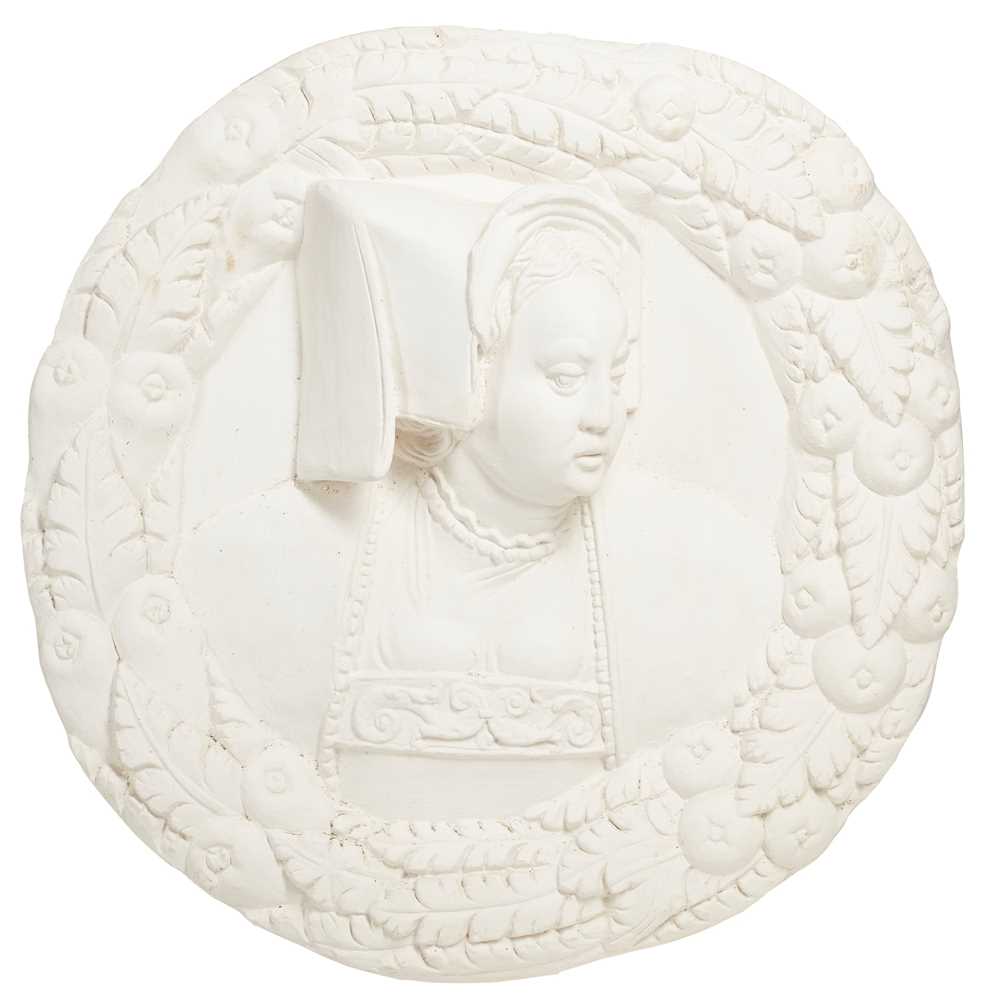
Try LotSearch and its premium features for 7 days - without any costs!
Be notified automatically about new items in upcoming auctions.
Create an alert